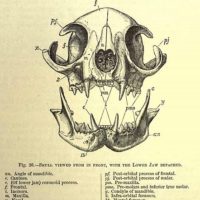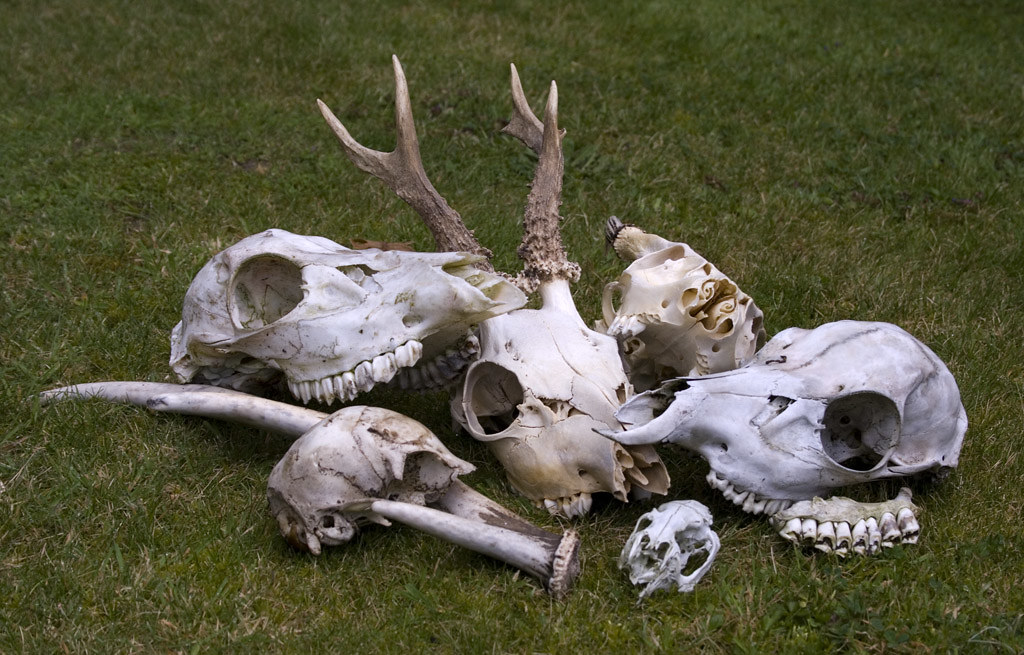During this hands-on workshop, using a process called INFERENTIAL CLASSIFICATION you will:
- Learn the three forms of classification: CARNIVORE, HERBIVORE, and OMNIVORE, and how to apply them to your collection of bones and skulls.
- Learn how DENTITION, JAWS, NASAL CAVITIES, ORBITS, ZYGOMATIC ARCHES, and the shape of the CRANIUM all help to determine the ENVIRONMENTAL LIFESTYLE of an animal.
“The Gleaming white skull stares empty eyed through a veil of grass and leaves. The components of an entire skeleton lie scattered across a shallow depression within the field. Here and there small segments of sun-bleached bone poke through matted grass. Circling on hands and knees, we ferret half-buried, bronze stained remnants from loamy soil and clinging vegetation. One by one, we gather bones of varied shape and separate them into piles: ribs in this one, leg bones in that one, and vertebrae over there.” -From Skulls and Bones by Glenn Searfoss –
INSTRUCTOR: Frank Marsden founded and was the Director of Eden Mill Nature Center for its first ten years. His passion lies in developing and implementing programs for experiential education as a “doorway to learning”. He believes in the theory of “Touch, Taste, and Feel and Smell .These expeditionary programs include canoeing, caving, backpacking, and rock climbing throughout Harford County, as well as surrounding states and Canada. As a member of National Association of Interpretation (NAI), Frank emphasizes natural history, environmental education in conjunction with outdoor skills training.



